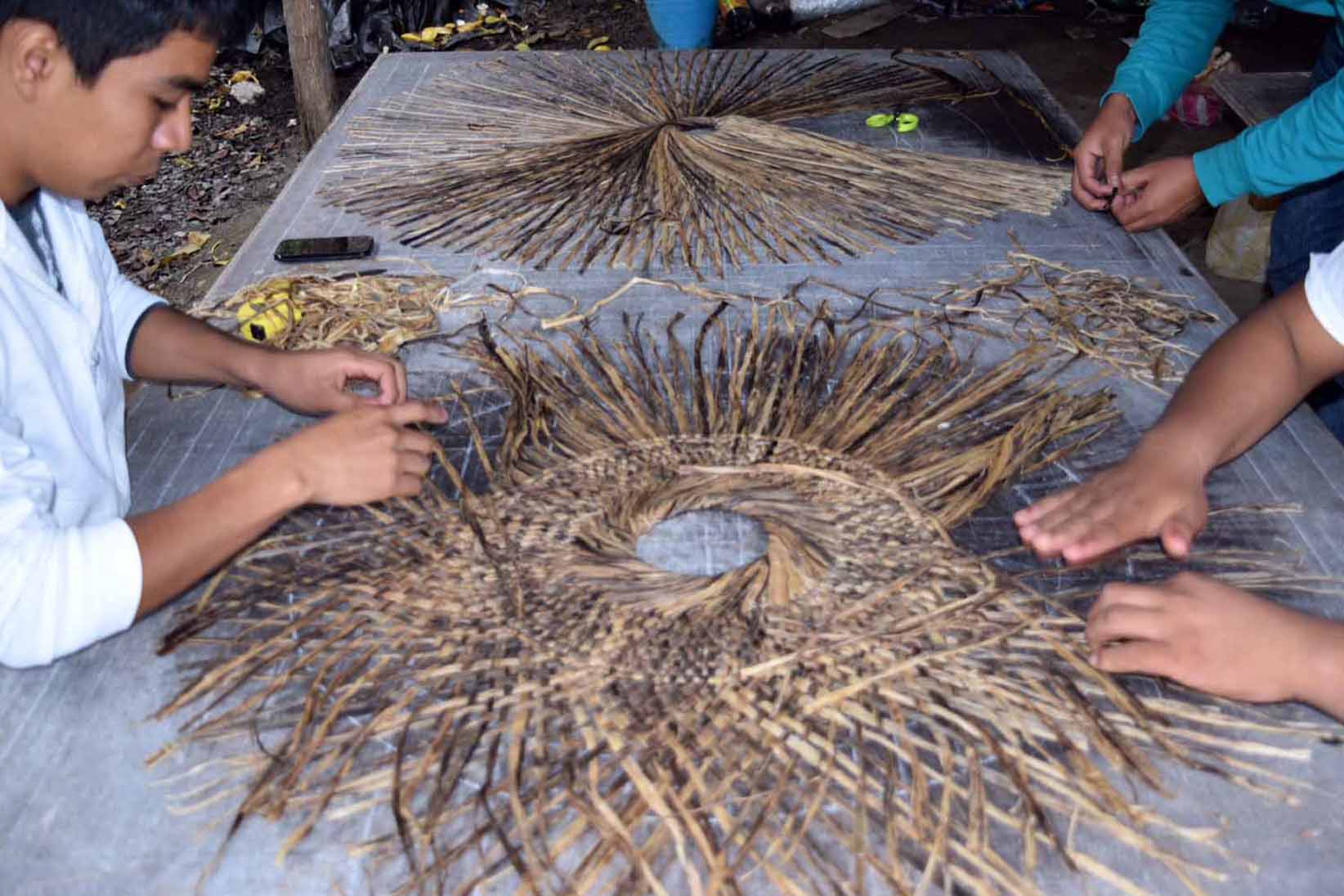"We do not inherit the earth from our ancestors, we borrow it from our children. " Ancient Indian Proverb
MISSION:
Art in Austin strives to bring various disappearing historical art forms from regions of Mexico into the present.
BACKGROUND:
Traveling through small villages in the mountains of central Mexico and meeting local artisans, I was privileged to work for several months with an Otomí family. This family has created papyrus from indigenous natural sustainable resources for over three generations. Learning the intricacies of these handmade papers was fascinating. Amate is handmade paper from the bark of fig trees and Tule papyrus is made from the stalks of sedge.
THE WORLD TRULY IS MADE OF PAPER
Papyrus dates back to ancient Egypt. Cyperus Papyrus plant was a wetland sedge that was once abundant in the Southern Sudan and the Nile Delta of Egypt. Ancient Egyptians are thought to have used papyrus as a writing material. It was also employed in the construction of other artifacts such as reed boats, mats, rope, sandals and baskets.
Many of these same skills and methods have been used in Mexico since the time of the Otomí culture. One of the early complex cultures of Mesoamerica, the Otomí were likely the original inhabitants of the central Mexican altiplano before the arrival of Náhuatl speakers around 1000 CE. Gradually they were replaced and marginalized by Nahua people. Otomí culture is still alive and the language is widely spoken in Hidalgo, Estado de México and Querétaro.
The art of Amate dates back to the original Otomí culture and Tule was introduced by the Nahua people. Amate is paper made by pounding a species of fig tree bark by hand with a special stone. The bark grows back on the tree which makes this process eco-friendly; afterwards, it is dried in the sun. Traditionally, this thick paper was used for ceremonial decorations. It has a unique texture and thickness that make it useful for book covers and other heavier applications. Tule paper is made from boiling bulrush, sedge stalks similar to cattails harvested from marshland near ponds and rivers, then mashing it into pulp before molding and embossing it into shapes. The finished product has a leather-like look and feel.


